Steelseries Sensei Wireless Gaming Mouse Review
by E. Fylladitakis on May 1, 2014 6:00 AM EST- Posted in
- Mouse
- Gaming
- SteelSeries
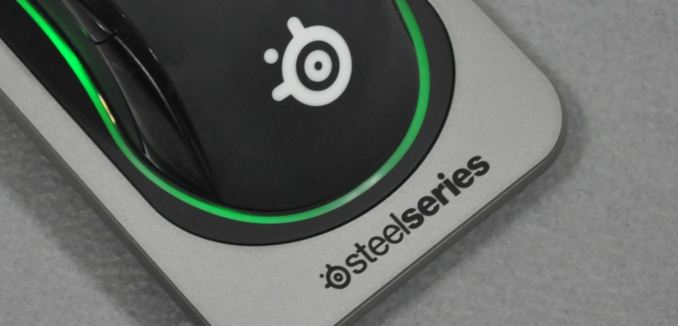
Most advanced users, especially those that are interested in gaming, have almost certainly heard of SteelSeries, a reputable manufacturer of gaming-related peripherals and hardware. The company originates from Denmark and today has offices in the US and Taiwan. They have a very large selection of products available and we cannot possibly cover them all in a single review, but today we will be having a look at their most advanced (and expensive) mouse, the Sensei Wireless.
We received the Sensei Wireless inside a simple, well-designed, hard cardboard box, which should offer ample shipping protection to the lightweight mouse. Aside from the mouse itself, the only other items inside the box are the dock, the USB cable, a company sticker, and a basic manual. There is no CD with the required software, which instead must be downloaded from the company's website.
The SteelSeries Sensei Wireless Mouse
The SteelSeries Sensei Wireless is a symmetrical mouse of classic design. It is a good choice for left handed or ambidextrous users and very comfortable for prolonged use, although perhaps not as ideal as ergonomic mice that are shaped to fit either the left or the right hand. For instance, the Sensei Wireless has two buttons on either side of the mouse. Two of these buttons can easily be pressed by a thumb but it is painfully frustrating to press the other two with your pinky or ring finger. The ribbed wheel of the mouse offers good feedback and comfort, without being too stiff or too soft. There is only one button at the top of the Sensei Wireless that, if not re-programmed, can be used to cycle through the CPI settings.
The top and sides of the SteelSeries Sensei are made of corona treated ("rubberized") plastic, which feels comfortable to the hand and improves adhesion. The company logo can be seen at the top part of the mouse, which illuminates once the mouse is powered on. You can even pick the illumination color and intensity through the software, as well as select from a couple of visual effects, such as "breathe" and "battery status". The default colors of the mouse are red and it is set on "breathe", but these can be easily changed to virtually any color combination and intensity possible.
Perhaps the most interesting feature of the Sensei Wireless is its metallic charging dock. The heavy dock has a metallic surrounding frame but its central and bottom parts are plastic. It is heavy enough so that it won't slide around on your desk and it's shaped to be a perfect fit for the mouse. It also acts as the wireless receiver, but unfortunately the fact that the wireless receiver is integrated into this large, heavy, metallic dock reduces the portability of the Sensei Wireless down to virtually zero, at least if you want to use it in wireless mode. An illuminated ring surrounds the dock, which can also be programmed via the software.
The cable that SteelSeries provides can be connected to either the charging dock or the mouse itself. This way, if you run out of battery, you can just connect the cable to the mouse and keep playing. The proprietary molding of the cable is a perfect fit for either the mouse or the dock. The connector will lock into place once attached to the mouse and you'll need to be careful and not forget about the unlocking button when removing it, as otherwise it is easy to cause permanent damage. There is a catch too; due to the proprietary shape of the connector, finding an exact replacement will be a pain should you lose or damage yours. A typical mini USB cable will fit into the dock but it will not really be a good match for the mouse.


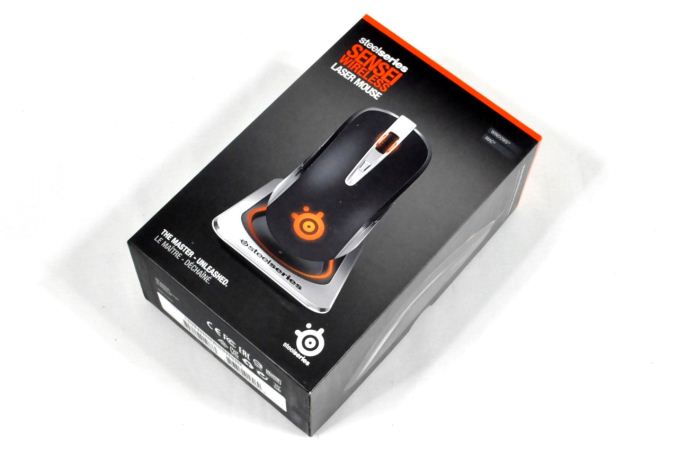
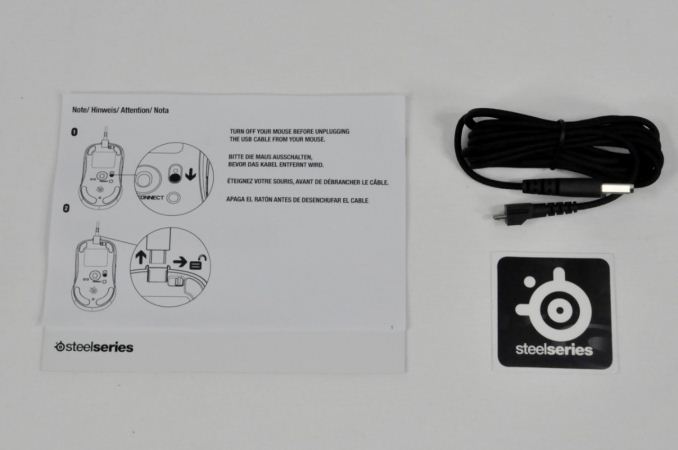

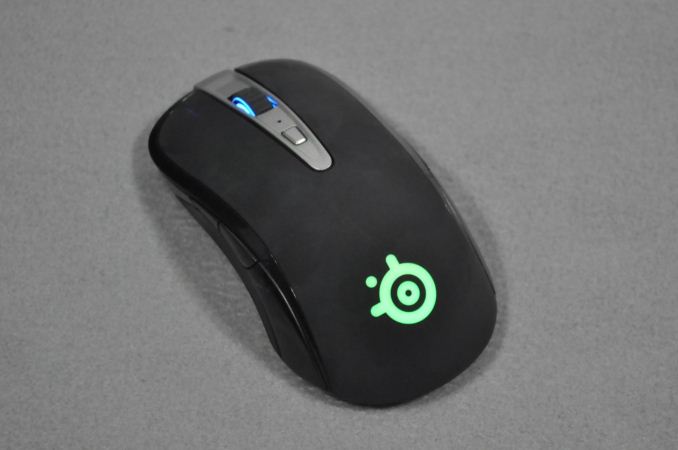
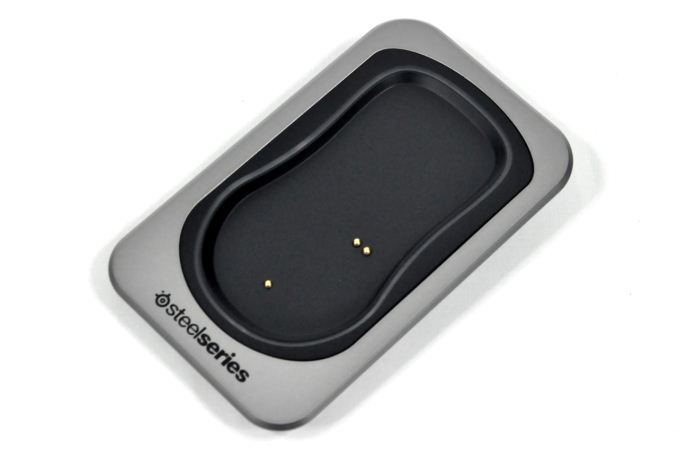














83 Comments
View All Comments
Samus - Friday, May 2, 2014 - link
I lol'd at this 'inherent acceleration' myself. Considering the Sensei Raw (the wired version of this mouse in its most basic form) is the de-facto competition mouse (Dodo, WoW, even Battlefield) I highly doubt there are any characteristics of inconsistent behavior with its software or sensor.Communism - Saturday, May 3, 2014 - link
You have no room to talk as you did literally zero empirical tests whatsoever on the mouse.Parroting the reviewer's guide is a great way to go if you want maximum profit for effort.
It's not a great way to go if you want to do a proper review or even having a basic understanding of how something works.
Very few sensors approach perfection, and the sensor in the Sensei is very far away from that reality.
The G400 is the current gold standard mouse for people who actually give a damn.
Many other people swear by the varient of the G400 sensor that is deployed in several competing solutions.
I'm hearing good things about the Logitech G502 Proteus Core, and it seems (possibly) to be the best sensor currently, but I won't trust that until someone's done a full empirical review of the sensor.
Still Salty - Sunday, May 4, 2014 - link
The 9500 and 9800 sensors have acceleration built in that cannot be changed or disabled with software. Others have already mentioned this but your incredibly stupid reply here demands more replies calling you out on your ignorance.dvinnen - Tuesday, May 6, 2014 - link
I don't know if this mouse has it or not but why don't you do a test instead of trusting engineers or going on feel? ESReality did a real mouse review years ago and Anandtech still just does subjective testing of mice.lemongrabjo - Thursday, May 1, 2014 - link
Not to mention that for any core gamer - the market for this mouse - 19 hours of battery is absolutely nothing. Logitech G602 can last through a month of heavy usage. Even the Razer Orochi lasts longer than 19 hours. Another pointless addition to the wireless gaming mice inventory.Samus - Friday, May 2, 2014 - link
I think you're right. They could have made the battery larger, changed the chemistry to Li-Po, and had either the same weight, or slightly more weight, which might have been a bonus since the common complaint seems to be their mice are too "light-weight"BWMR - Friday, May 30, 2014 - link
SteelSeries Sensei Wireless Mouse seems like the best wireless mouse Logitech.piroroadkill - Thursday, May 1, 2014 - link
Also, it's kind of cheap looking, and I prefer sculpted mice for one hand.Conficio - Thursday, May 1, 2014 - link
Really 17h battery life is o.k. in 2014? That means I better put the mouse back every night, or I'm dead. I bought recently mice from Logitech and others that are bluetooth and last with a set of batteries for weeks, months even.I do not understand why I need a separate charging station, if I can use standard AAA or even AA rechargeables. That just drives the price up for little value, and with exchangeable standard battery sizes I can always have a loaded pair, or use non rechargeable while traveling (which I don't have to if it lasts for weeks).
MooseMuffin - Thursday, May 1, 2014 - link
Yea, not sure how this didn't come up. I use a wireless mouse both at home and at work and they both go for months before needing new batteries.